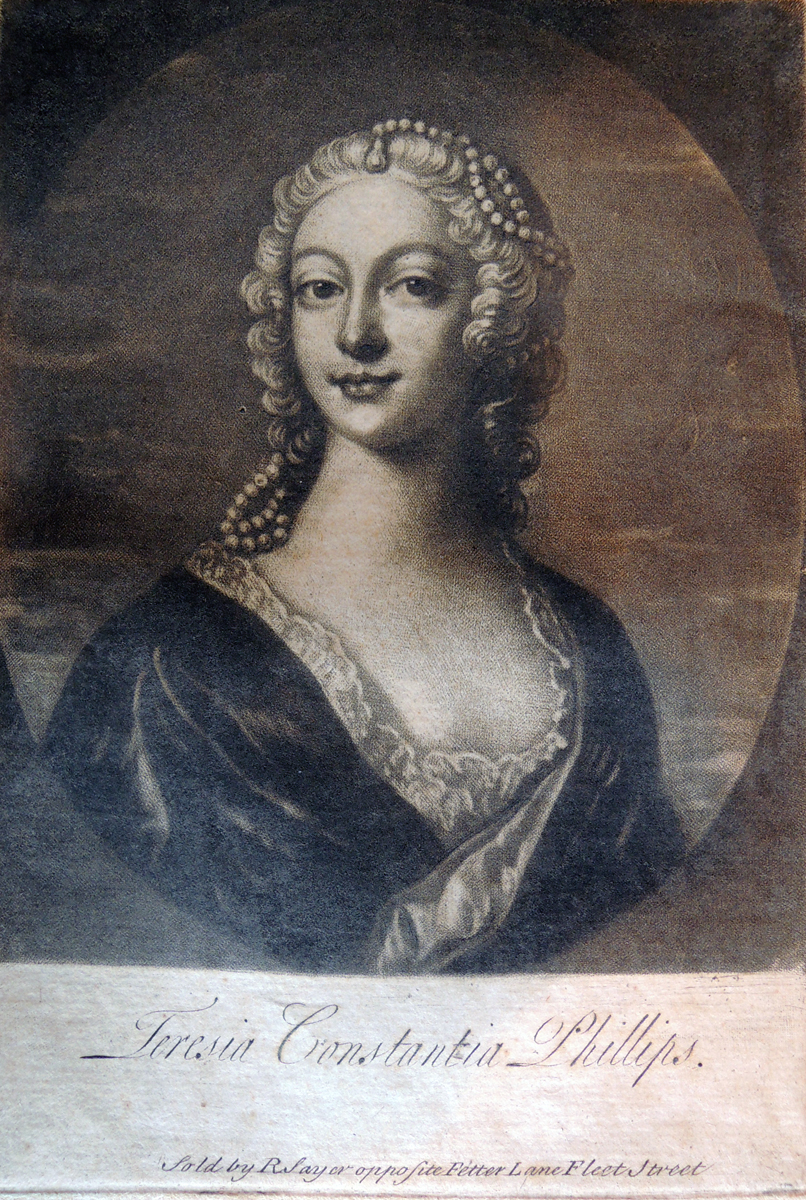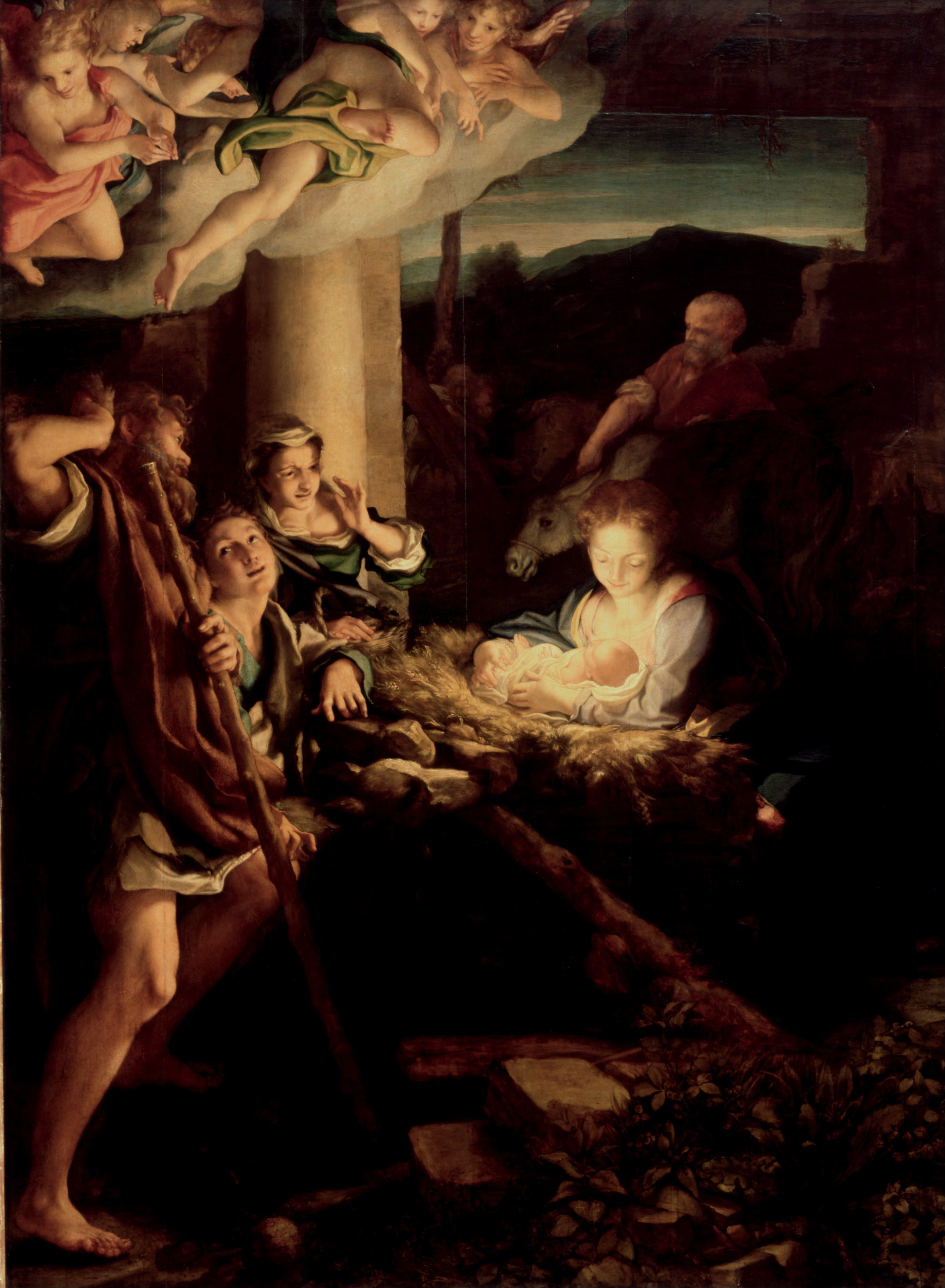|
Bartolomeo Guidobono
Bartolomeo Guidobono (1654–1709) was an Italian painter known for his scenes with angelic looking figures bathing in soft lighting, which show the influence of Correggio. His elegant and graceful style was very popular in Genoa.M. Newcome. "Guidobono, Bartolomeo." Grove Art Online. Oxford Art Online. Oxford University Press. Web. 24 Jun. 2017 He is also known as il ''Prete di Savona'' (Priest of Savona) or ''Prete Bartolomeo da Savona'' (Priest Bartolomeo of Savona). Life Guidobono was born in Savona as the son of Giovanni Antonio Guidobono, a maiolica painter. His brother Domenico was a decorative fresco painter. Bartolomeo began as a painter of ceramic earthenware with his father, who worked for the royal court of Savoy. He afterwards went to work as a copyist to Parma, Venice, and Genoa. Guidobono died in Turin on 4 January 1709. Work He appears to have modeled his style on Northern influences such as Gaudenzio Ferrari and Corregio as well as on Caravaggio. He was admired ... [...More Info...] [...Related Items...] OR: [Wikipedia] [Google] [Baidu] |
1654 Births
Events January–March * January 6 – In India, Jaswant Singh of Marwar (in the modern-day state of Rajasthan) is elevated to the title of Maharaja by Emperor Shah Jahan. * January 11 – Arauco War – Battle of Río Bueno in southern Chile: Indigenous Huilliche warriors rout Spanish troops from Fort Nacimiento, who are attempting to cross the Bueno River. * January 26 – Portugal recaptures the South American city of Recife from the Netherlands after a siege of more than two years during the Dutch-Portuguese War, bringing an end to Dutch rule of what is now Brazil. The Dutch West India Company has held the city (which they call Mauritsstad) for more than 23 years. * February 9 – Spanish troops led by Don Gabriel de Rojas y Figueroa succeed in the capture of Fort Rocher, a pirate-controlled base on the Caribbean island of Tortuga. * February 10 – The Battle of Tullich takes place in Aberdeenshire in Scotland during Glencairn's risin ... [...More Info...] [...Related Items...] OR: [Wikipedia] [Google] [Baidu] |
Fresco Painters
Fresco ( or frescoes) is a technique of mural painting executed upon freshly laid ("wet") lime plaster. Water is used as the vehicle for the dry-powder pigment to merge with the plaster, and with the setting of the plaster, the painting becomes an integral part of the wall. The word ''fresco'' () is derived from the Italian adjective ''fresco'' meaning "fresh", and may thus be contrasted with fresco-secco or secco mural painting techniques, which are applied to dried plaster, to supplement painting in fresco. The fresco technique has been employed since antiquity and is closely associated with Italian Renaissance painting. The word ''fresco'' is commonly and inaccurately used in English to refer to any wall painting regardless of the plaster technology or binding medium. This, in part, contributes to a misconception that the most geographically and temporally common wall painting technology was the painting into wet lime plaster. Even in apparently '' buon fresco'' technology ... [...More Info...] [...Related Items...] OR: [Wikipedia] [Google] [Baidu] |
Italian Baroque Painters
Italian(s) may refer to: * Anything of, from, or related to the people of Italy over the centuries ** Italians, a Romance ethnic group related to or simply a citizen of the Italian Republic or Italian Kingdom ** Italian language, a Romance language *** Regional Italian, regional variants of the Italian language ** Languages of Italy, languages and dialects spoken in Italy ** Italian culture, cultural features of Italy ** Italian cuisine, traditional foods ** Folklore of Italy, the folklore and urban legends of Italy ** Mythology of Italy, traditional religion and beliefs Other uses * Italian dressing, a vinaigrette-type salad dressing or marination * Italian or Italian-A, alternative names for the Ping-Pong virus, an extinct computer virus * ''Italien'' (magazine), pro-Fascist magazine in Germany between 1927 and 1944 See also * * * Italia (other) * Italic (other) * Italo (other) * The Italian (other) The Italian may refer to: * ''The Itali ... [...More Info...] [...Related Items...] OR: [Wikipedia] [Google] [Baidu] |
18th-century Italian Painters
The 18th century lasted from 1 January 1701 (represented by the Roman numerals MDCCI) to 31 December 1800 (MDCCC). During the 18th century, elements of Enlightenment thinking culminated in the Atlantic Revolutions. Revolutions began to challenge the legitimacy of monarchical and aristocratic power structures. The Industrial Revolution began mid-century, leading to radical changes in human society and the environment. The European colonization of the Americas and other parts of the world intensified and associated mass migrations of people grew in size as part of the Age of Sail. During the century, slave trading expanded across the shores of the Atlantic Ocean, while declining in Russia and China. Western historians have occasionally defined the 18th century otherwise for the purposes of their work. For example, the "short" 18th century may be defined as 1715–1789, denoting the period of time between the death of Louis XIV of France and the start of the French Re ... [...More Info...] [...Related Items...] OR: [Wikipedia] [Google] [Baidu] |
Italian Male Painters
Italian(s) may refer to: * Anything of, from, or related to the people of Italy over the centuries ** Italians, a Romance ethnic group related to or simply a citizen of the Italian Republic or Italian Kingdom ** Italian language, a Romance language *** Regional Italian, regional variants of the Italian language ** Languages of Italy, languages and dialects spoken in Italy ** Italian culture, cultural features of Italy ** Italian cuisine, traditional foods ** Folklore of Italy, the folklore and urban legends of Italy ** Mythology of Italy, traditional religion and beliefs Other uses * Italian dressing, a vinaigrette-type salad dressing or marination * Italian or Italian-A, alternative names for the Ping-Pong virus, an extinct computer virus * ''Italien'' (magazine), pro-Fascist magazine in Germany between 1927 and 1944 See also * * * Italia (other) * Italic (other) * Italo (other) * The Italian (other) The Italian may refer to: * ''The Ital ... [...More Info...] [...Related Items...] OR: [Wikipedia] [Google] [Baidu] |
17th-century Italian Painters
The 17th century lasted from January 1, 1601 (represented by the Roman numerals MDCI), to December 31, 1700 (MDCC). It falls into the early modern period of Europe and in that continent (whose impact on the world was increasing) was characterized by the Baroque cultural movement, the latter part of the Spanish Golden Age, the Dutch Golden Age, the French '' Grand Siècle'' dominated by Louis XIV, the Scientific Revolution, the world's first public company and megacorporation known as the Dutch East India Company, and according to some historians, the General Crisis. From the mid-17th century, European politics were increasingly dominated by the Kingdom of France of Louis XIV, where royal power was solidified domestically in the civil war of the Fronde. The semi-feudal territorial French nobility was weakened and subjugated to the power of an absolute monarchy through the reinvention of the Palace of Versailles from a hunting lodge to a gilded prison, in which a greatly ... [...More Info...] [...Related Items...] OR: [Wikipedia] [Google] [Baidu] |
1709 Deaths
In the Swedish calendar it was a common year starting on Friday, one day ahead of the Julian and ten days behind the Gregorian calendar. Events January–March * January 1 – Battle of St. John's: The France, French capture St. John's, Newfoundland and Labrador, St. John's, the capital of the Kingdom of Great Britain, British colony of Newfoundland. * January 6 – Western Europe's Great Frost of 1709, the coldest period in 500 years, begins during the night, lasting three months, with its effects felt for the entire year.Pain, Stephanie.1709: The year that Europe froze" ''New Scientist'', 7 February 2009. In France, the Atlantic coast and Seine River freeze, crops fail, and 24,000 Parisians die. Floating ice enters the North Sea. * January 10 – Abraham Darby I successfully produces cast iron using coke (fuel), coke fuel at his Coalbrookdale blast furnace in Shropshire, England. * February 1 or February 2, 2 – During his first voyage, Captain Woode ... [...More Info...] [...Related Items...] OR: [Wikipedia] [Google] [Baidu] |
Thomas Roscoe
Thomas Roscoe (Liverpool 23 June 1791 – 24 September 1871 London) was an English author and translator. Life The fifth son of William Roscoe, he was born in Toxteth, Toxteth Park, Liverpool in 1791, and educated by Dr. W. Shepherd and by Mr. Lloyd, a private tutor. Soon after his father's financial troubles in 1816, which led to bankruptcy, Roscoe began to write in local magazines and journals, and he continued to follow literature as a profession. He died at age 80, on 24 September 1871, at Acacia Road, St. John's Wood, London. Works Roscoe's major original works were: *''Gonzalo, the Traitor: a Tragedy'', 1820. *''The King of the Peak'' [anon.], 1823, 3 vols. *''Owain Goch: a Tale of the Revolution'' [anon.], 1827, 3 vols. *''The Tourist in Switzerland and Italy'', 1830; the first volume of the ''Landscape Annual'', followed for eight years by similar volumes on Italy, France, and Spain. *''Wanderings and Excursions in North Wales'', 1836. *''Wanderings in South Wales ... [...More Info...] [...Related Items...] OR: [Wikipedia] [Google] [Baidu] |
Antonio Allegri
Antonio Allegri da Correggio (August 1489 – 5 March 1534), usually known as just Correggio (, also , , ), was an Italian Renaissance painter who was the foremost painter of the Parma school of the High Renaissance, who was responsible for some of the most vigorous and sensuous works of the sixteenth century. In his use of dynamic composition, illusionistic perspective and dramatic foreshortening, Correggio prefigured the Baroque art of the seventeenth century and the Rococo art of the eighteenth century. He is considered a master of chiaroscuro. Early life Antonio Allegri was born in Correggio, a small town near Reggio Emilia. His date of birth is uncertain (around 1489). His father was a merchant. Otherwise little is known about Correggio's early life or training. It is, however, often assumed that he had his first artistic education from his father's brother, the painter Lorenzo Allegri. In 1503–1505, he was apprenticed to Francesco Bianchi Ferrara in Modena, where he p ... [...More Info...] [...Related Items...] OR: [Wikipedia] [Google] [Baidu] |
Turin
Turin ( , ; ; , then ) is a city and an important business and cultural centre in northern Italy. It is the capital city of Piedmont and of the Metropolitan City of Turin, and was the first Italian capital from 1861 to 1865. The city is mainly on the western bank of the Po (river), River Po, below its Susa Valley, and is surrounded by the western Alpine arch and Superga hill. The population of the city proper is 856,745 as of 2025, while the population of the urban area is estimated by Eurostat to be 1.7 million inhabitants. The Turin metropolitan area is estimated by the OECD to have a population of 2.2 million. The city was historically a major European political centre. From 1563, it was the capital of the Duchy of Savoy, then of the Kingdom of Sardinia (1720–1861), Kingdom of Sardinia ruled by the House of Savoy, and the first capital of the Kingdom of Italy from 1861 to 1865. Turin is sometimes called "the cradle of Italian liberty" for having been the politi ... [...More Info...] [...Related Items...] OR: [Wikipedia] [Google] [Baidu] |






